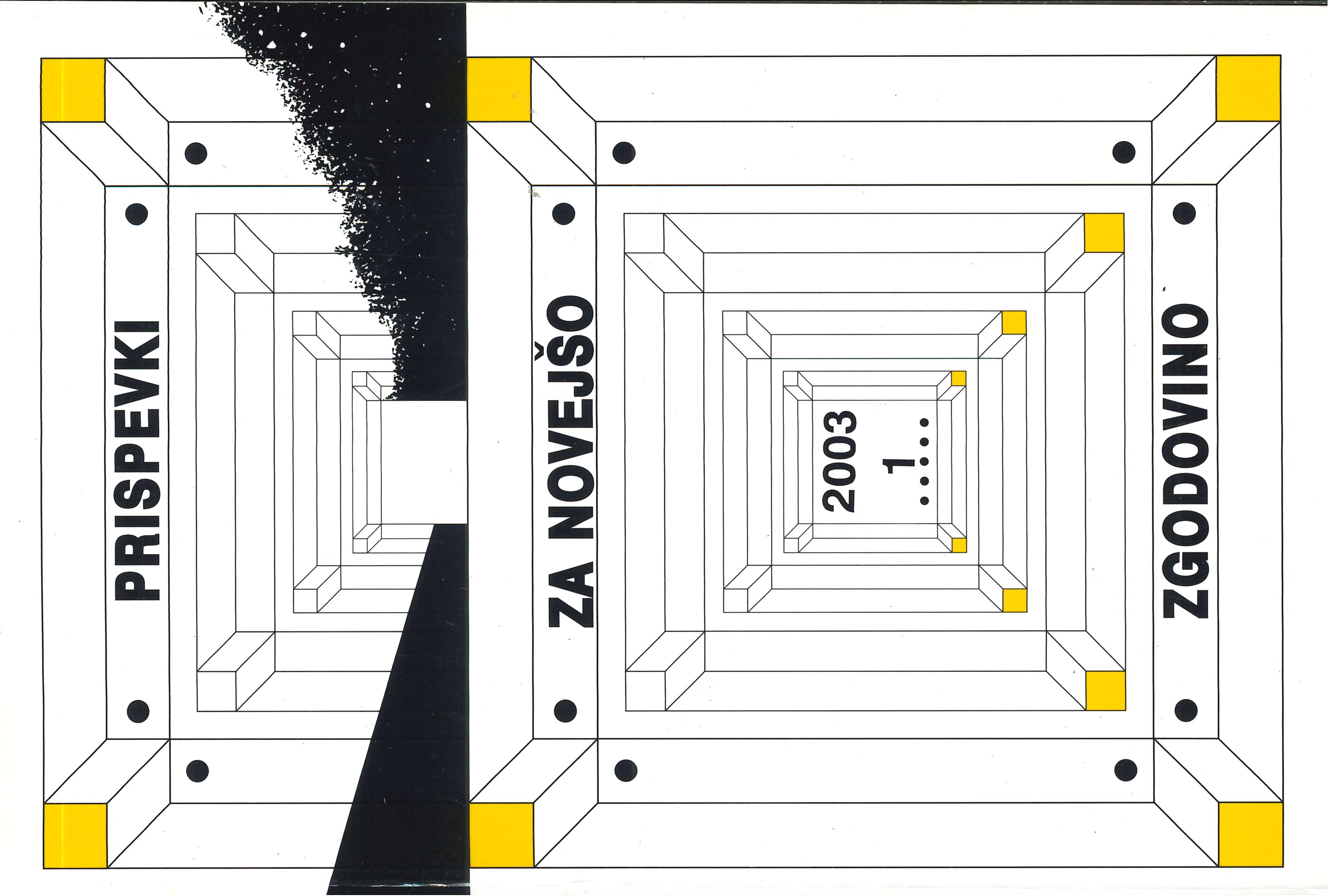The Withdrawal of the Austro-Hungarian Army across the Slovene Territory in November 1918
Keywords:
State of Slovenes, Croates and Serbs, Austria-Hungary, First World War, National Government, Narodno Vijeće, National Council, Military, SloveniaAbstract
When, on 24 October 1918, the Italian army began its final offensive, it faced an internally disorganised Austro-Hungarian army whose soldiers, after an initial confrontaion and truce, agreed on 3 November, started to withdraw disorderly towards their respective homelands. A great part of this army withdrew across the Slovene territory which, at the time, was already part of the State of Slovenes, Croats and Serbs (SCS). Although the National Government of the State greatly feared the mass of uncontrolled soldiers, it succesfully managed the withdrawal, thanks to a well organised railway network and military supervision. Although the estimates as to how many military actually withrew across the Slovene territory at that time vary greatly, it is certain that the number of the defeated Austro-Hungarian troops ranged between 250,000 and 300,000. These were carefully followed by the Italian army which sought to occupy as much territory and seize as much booty as possible.
Downloads
Published
Issue
Section
License
Authors who publish with this journal agree to the following terms:
- Authors retain copyright and grant the journal right of first publication with the work simultaneously licensed under a Creative Commons Attribution License that allows others to share the work with an acknowledgement of the work's authorship and initial publication in this journal.
- Authors are able to enter into separate, additional contractual arrangements for the non-exclusive distribution of the journal's published version of the work (e.g., post it to an institutional repository or publish it in a book), with an acknowledgement of its initial publication in this journal.
- Authors are permitted and encouraged to post their work online (e.g., in institutional repositories or on their website) prior to and during the submission process, as it can lead to productive exchanges, as well as earlier and greater citation of published work (See The Effect of Open Access).


